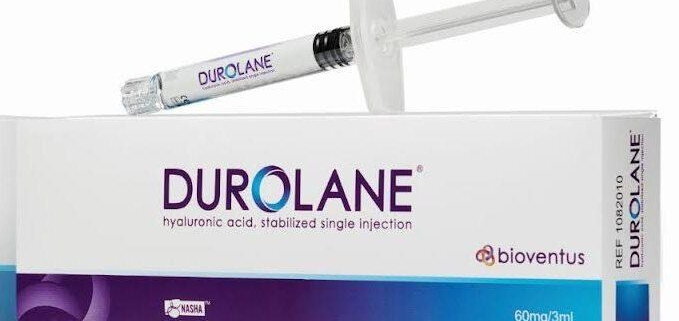
Viscosupplementation for Osteoarthritis of the Knee
Overview
Osteoarthritis (OA) of the knee is one of the most common types of arthritis affecting more than 30 million people in the U.S. This condition describes the gradual deterioration of knee joint cartilage leading to bone-on-bone friction. Viscosupplementation is one of the recommended treatments to manage knee OA symptoms by increasing joint lubrication.
Types
There are three main types of knee OA: primary, secondary, and traumatic.
-
- Primary OA: This is the most common type, generally occurring due to aging and natural wear and tear.
-
- Secondary OA: Often results from other conditions or factors such as obesity, inflammation or inherited abnormalities.
-
- Traumatic OA: Caused by an injury or accident damaging the knee joint.
Causes
The primary cause of Knee OA is the aging process accompanied by joint wear and tear over time. However, other risk factors include:
-
- Obesity: Excess weight places additional stress on knee joints.
-
- Injury or overuse: Trauma or constant strain on the joint accelerates the wear and tear process.
-
- Genetics: A family history of the disease increases the risk factor.
-
- Other diseases: Certain diseases like diabetes and rheumatoid arthritis can contribute to the development of OA.
Symptoms
The most common symptoms of knee OA include:
-
- Pain: Usually worsens following activity or prolonged rest
-
- Stiffness: Often experienced in the morning or after periods of inactivity
-
- Swelling: Due to inflammation around the joint
-
- Reduced mobility: Difficulties in bending or straightening the knee
Less common but possible symptoms can involve a crunching sensation while moving the knee or the formation of bone spurs.
Diagnosis
Diagnosis is established through a combination of medical history, physical examination, and imaging tests such as X-rays or MRI. In some cases, blood tests or joint fluid analysis might be necessary to rule out other conditions.
Treatment Options
Viscosupplementation involves injecting hyaluronic acid, a naturally occurring substance in the knee’s synovial fluid, into the joint. This increases joint lubrication and reduces pain, providing relief for up to 6 months.
Other treatment options include:
-
- Physical therapy: Regular exercise helps strengthen the muscles around the joint and improve flexibility.
-
- Medication: Over-the-counter or prescription drugs can help alleviate pain and reduce inflammation.
-
- Surgery: Knee replacements or joint resurfacing may be recommended for severe cases.
Living With Viscosupplementation for Osteoarthritis of the Knee
Following viscosupplementation treatment, several steps should be taken to enhance its effectiveness:
-
- Avoid high impact activities.
-
- Continue physical therapy exercises to strengthen knee muscles.
-
- Take over-the-counter pain relievers if necessary to manage discomfort due to the injection.
-
- Hold regular discussions with your healthcare provider about the treatment’s effectiveness and any potential side effects.
When to Seek Help
If you have persistent knee pain, stiffness, or decreased mobility, seek medical help. Furthermore, if you’ve been previously diagnosed with OA and your symptoms worsen or your current treatment stops working, consult with your healthcare provider immediately to discuss appropriate options. In the case of extreme pain, significant swelling, or sudden inability to move the knee, seek immediate medical attention.
Remember, timely diagnosis and treatment play a key role in managing OA symptoms efficiently and maintaining an active, fulfilling life. With the right approach and professional medical support, OA of the knee, while chronic, can be effectively managed.
